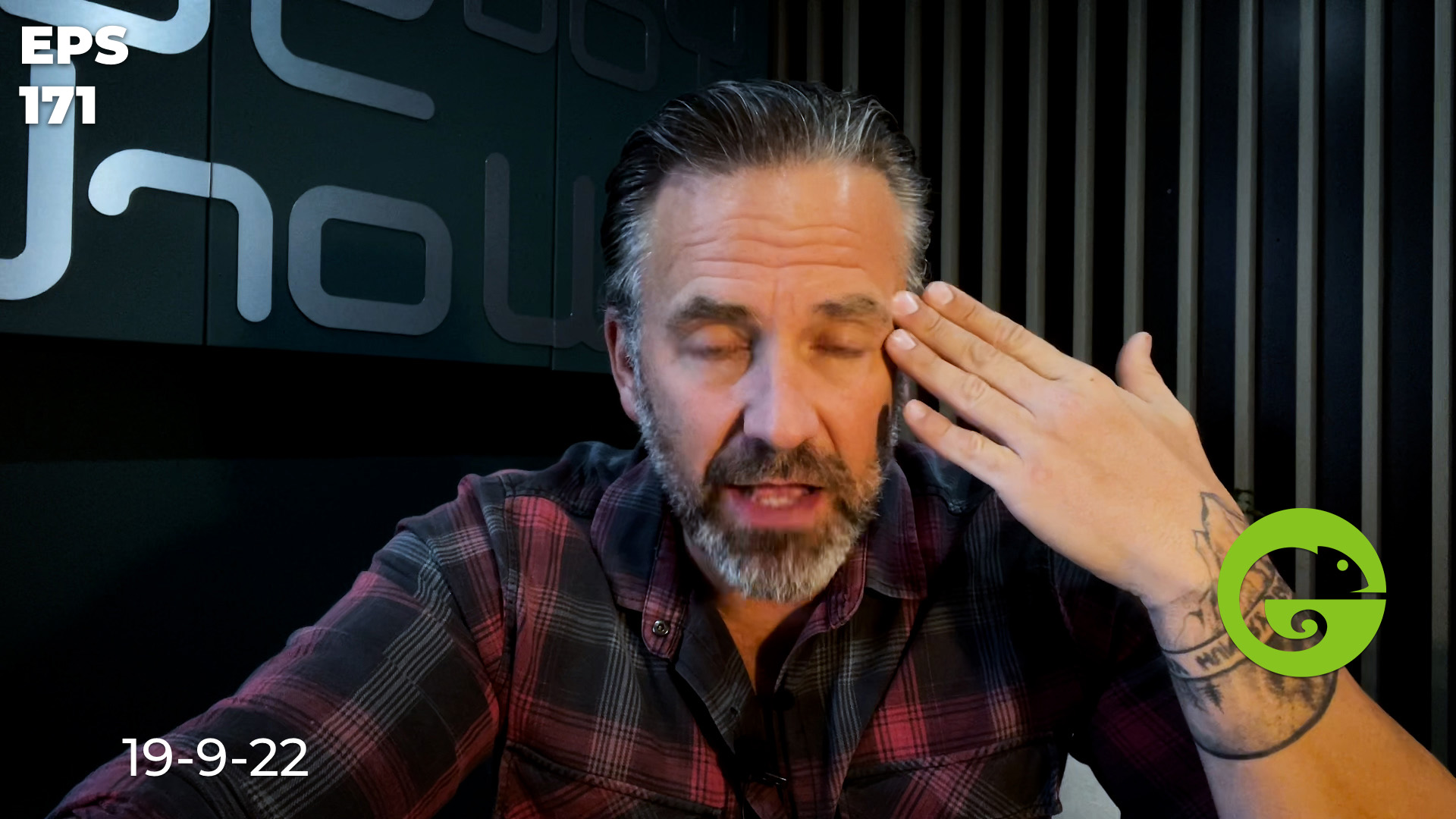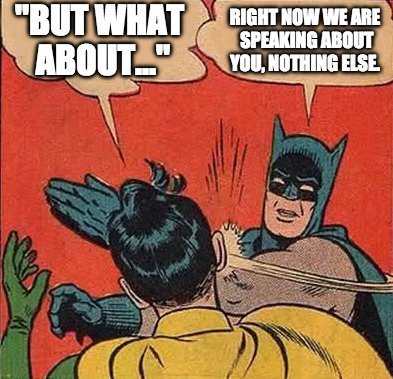Ever felt like your brain’s a bit like a flickering light bulb when stress hits hard? There’s a brain region called the prefrontal cortex that plays a big role in handling all those emotions and tough times. But when life throws us curveballs like trauma or stress, this brain zone can struggle to keep up.
Journaling might just be the superhero this brain needs! Yeah, that simple act of jotting down thoughts and feelings? It’s like a magic potion for your brain’s well-being. Let’s dive in and uncover how putting pen to paper can help your brain chill out, heal, and find its way back to feeling awesome.
The prefrontal cortex
The prefrontal cortex, found at the front of your brain, plays a big role in managing emotions, decision-making, and problem-solving. When it comes to trauma and anxiety, this area helps regulate your response to stress. Trauma might affect the prefrontal cortex, making it tougher to regulate emotions and leading to anxiety. This could result in difficulties in decision-making and dealing with stress. The prefrontal cortex is like the control center for managing tough emotions and stress responses.
When under long-term stress or immediate trauma, the functioning of the prefrontal cortex might fluctuate, similar to a flickering light bulb. It’s like the brain struggles to maintain its usual functioning due to the overwhelming stress, causing the prefrontal cortex to intermittently struggle in regulating emotions, decision-making, and cognitive processing. This metaphor captures the idea of the prefrontal cortex’s functionality being impacted by prolonged or intense stress, resulting in its intermittent or less effective operation during those challenging times.
When the prefrontal cortex struggles due to stress or trauma, it can affect neurotransmitters like dopamine and serotonin, which are linked to mood regulation. This flickering of the prefrontal cortex might disrupt the regulation of these neurotransmitters, causing fluctuations in their levels. This imbalance could impact the undercatch code, which refers to how the brain processes and responds to these neurotransmitters.
The undercatch code is a concept explaining how our brain processes and responds to certain chemicals, like dopamine and serotonin, which affect our mood and emotions. Think of it like a system in your brain that determines how effectively it uses these chemicals. When you’re stressed or there’s trauma, this system might not catch or use these chemicals as efficiently as it should
For instance, stress or trauma might lead to decreased dopamine and serotonin levels, affecting mood and emotional regulation. This undercatch code could contribute to feelings of anxiety or depression. On the other hand, strategies like journaling or therapy that help the prefrontal cortex regain stability might assist in restoring the balance of dopamine and serotonin, aiding in better emotional regulation and reducing the impact of the undercatch code.
This can lead to imbalances that affect how you feel emotionally, possibly causing feelings of anxiety or sadness. Strategies like journaling or therapy aim to help this system work better, which can improve mood and emotional well-being.
Journaling and the prefrontal Cortex
Research has shown that journaling can have a positive impact on trauma and the prefrontal cortex. Writing about traumatic experiences might help regulate emotions by engaging the prefrontal cortex, allowing for better processing and understanding of those experiences. It can aid in making sense of emotions, reducing anxiety, and improving overall mental well-being. Studies suggest that this practice may enhance emotional regulation and cognitive processing, which are tasks linked to the prefrontal cortex.
The prefrontal cortex does not completely switch off during trauma; rather, its functioning might become disrupted. Revisiting trauma through writing could help in engaging and reactivating the prefrontal cortex. Writing about traumatic experiences might assist in processing and integrating those memories, allowing the brain, including the prefrontal cortex, to better understand and manage the emotions associated with the trauma. This practice could gradually help in restoring some of the prefrontal cortex’s abilities in emotional regulation and cognitive processing that might have been affected by the trauma.
Writing about trauma helps organize and reframe the information stored in the brain, kind of like defragmenting a computer. It allows the prefrontal cortex to process the memories in a way that makes them less distressing, aiding in integrating the experiences into a more manageable narrative. This process can contribute to better emotional regulation and understanding of the traumatic event from a perspective that involves the prefrontal cortex’s cognitive abilities.
Journaling about a stressful or traumatic experience after it occurs can indeed help the prefrontal cortex in reorganizing and processing the information, similar to a computer defragmenting.
Moreover, there’s an aspect of taking control of thoughts involved here. By actively writing about the experience, it empowers individuals to take charge of their narrative, understand their emotions better, and reframe their perspective on the event. This act of taking control can positively influence how the brain, including the prefrontal cortex, responds to and manages the thoughts and emotions associated with the trauma or stress.
Coaching and therapy
Speaking to a coach or therapist can complement journaling by providing an interactive and supportive environment. When discussing experiences with someone, especially a professional, it helps in verbalizing thoughts and emotions related to trauma, similar to journaling.
This verbal processing engages various parts of the brain, including the prefrontal cortex, aiding in the organization and understanding of emotions. Additionally, a therapist or coach can offer guidance, techniques, and perspectives that further assist in the reorganisation of thoughts and emotions, contributing to the overall healing process involving the prefrontal cortex.
Research and resources:
- Putting Feelings Into Words – Psychological Science
- Therapeutic Journaling – VA Office of Patient Centered Care and Cultural Transformation
- Writing About Emotional Experiences as a Therapeutic Process – Psychological Science
- A Science-Supported Journaling Protocol to Improve Mental & Physical Health – Huberman Lab
Summary
The prefrontal cortex, situated at the front of the brain, plays a vital role in managing emotions and decision-making. Trauma or stress can impact its functioning, leading to difficulties in emotional regulation and cognitive processing. However, strategies like journaling help in reorganizing and processing traumatic experiences, engaging the prefrontal cortex. This process is akin to defragmenting a computer, allowing better integration and understanding of emotions associated with trauma.
Speaking to a therapist or coach complements journaling by providing an interactive environment for processing thoughts and emotions. Stress or trauma may affect neurotransmitters like dopamine and serotonin, contributing to an “undercatch code” that influences mood regulation.
Techniques aimed at stabilising the prefrontal cortex can aid in restoring the balance of these neurotransmitters, promoting improved emotional regulation and mental well-being. In the journey of healing, the act of journaling becomes the pen that helps rewrite the narrative of the mind, illuminating the path towards understanding and resilience.
I have used, and still use, journalling in various forms and I a number of my coaching clients have had great results and new perspectives from using journaling as a tool.
If you’d like to connect to discuss various different types of journaling and how it can help you on your on journey or other protocols you could use to work on your own mental and overall wellness, please get in touch.

















